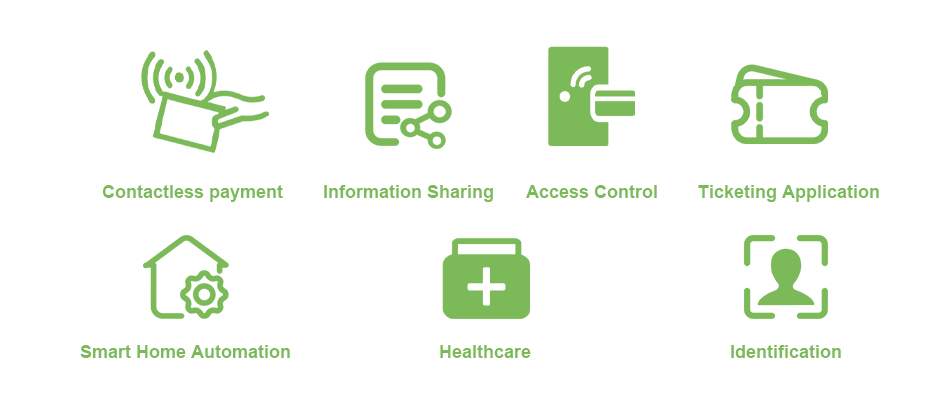Near Field Communication (NFC) has become increasingly prevalent in our daily lives, yet many still wonder what exactly it is and how it works. If you've ever used contactless payment systems or tapped your phone to share files, you've already encountered NFC technology. But let's delve deeper into what NFC stands for and its various applications.
NFC stands for Near Field Communication. It's a form of wireless communication that enables the exchange of data between devices placed in close proximity, typically within a few centimeters. This short-range communication technology operates at frequencies of 13.56 megahertz and allows for quick and easy data transfer without the need for pairing codes or extensive setup procedures.
NFC operates through electromagnetic induction, where devices communicate by generating electromagnetic fields. When two NFC-enabled devices are brought close together, one device acts as an initiator (usually the active device), while the other acts as a target (usually the passive device). The initiator device generates a radio frequency (RF) field that powers the target device and enables data transfer between the two devices.

One of the most common uses of NFC is in contactless payment systems. NFC-enabled smartphones, credit cards, and payment terminals allow users to make secure transactions by simply tapping their device or card on a compatible payment terminal.
NFC technology facilitates the sharing of various types of information, such as contact details, photos, videos, and URLs, between NFC-enabled devices. This feature is often used for sharing business cards, pairing Bluetooth devices, or transferring files between smartphones.
NFC is also used for access control systems and ticketing applications. NFC-enabled cards or devices can grant access to secure locations, public transportation, events, and attractions by tapping them on NFC readers.
In the realm of smart homes, NFC tags can be programmed to automate various tasks. For instance, tapping an NFC-enabled smartphone against an NFC tag near the front door could trigger actions like turning on lights, adjusting thermostats, or playing music.
NFC technology is utilized in healthcare for patient identification, tracking medical equipment, and managing inventory. NFC-enabled wristbands or cards can store patient information, making it easily accessible to medical staff.
In conclusion, NFC (Near Field Communication) is a versatile technology that facilitates wireless communication between devices in close proximity. Its applications span across various industries, including finance, telecommunications, transportation, and healthcare. As NFC continues to evolve, we can expect to see even more innovative uses emerge, further integrating this technology into our daily lives. Whether it's simplifying payment transactions, enhancing information sharing, or enabling smart automation, NFC plays a significant role in shaping the way we interact with digital devices and the world around us.
-------------------
Welcome to contact us!
RFIDSilicone is Your Best RFID & NFC Partner!
19+ years experience in RFID products (RFID wristband, RFID sticker/tag, RFID card etc).
Our own factory passed ISO9001: 2015 & ISO14001:2015. We have SGS, ROHS, REACH, FDA certificates etc.